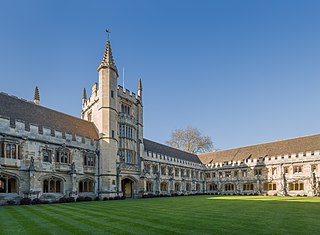
Magdalen College is a constituent college of the University of Oxford. It was founded in 1458 by Bishop of Winchester William of Waynflete. It is one of the wealthiest Oxford colleges, as of 2022, and one of the strongest academically, setting the record for the highest Norrington Score in 2010 and topping the table twice since then. It is home to several of the university's distinguished chairs, including the Agnelli-Serena Professorship, the Sherardian Professorship, and the four Waynflete Professorships.

Lincoln College is one of the constituent colleges of the University of Oxford, situated on Turl Street in central Oxford. Lincoln was founded in 1427 by Richard Fleming, the then bishop of Lincoln.

Oriel College is a constituent college of the University of Oxford in Oxford, England. Located in Oriel Square, the college has the distinction of being the oldest royal foundation in Oxford. In recognition of this royal connection, the college has also been historically known as King's College and King's Hall. The reigning monarch of the United Kingdom is the official visitor of the college.
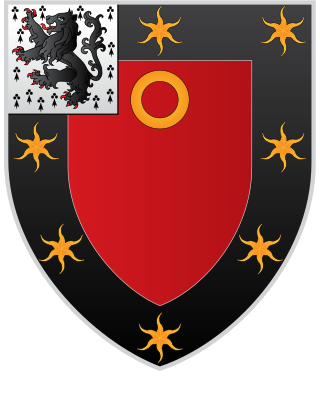
St John's College is a constituent college of the University of Oxford. Founded as a men's college in 1555, it has been coeducational since 1979. Its founder, Sir Thomas White, intended to provide a source of educated Roman Catholic clerics to support the Counter-Reformation under Queen Mary.
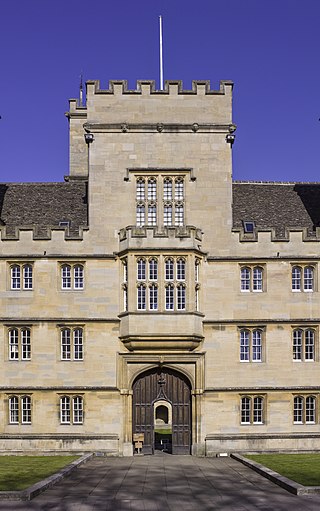
Wadham College is one of the constituent colleges of the University of Oxford in the United Kingdom. It is located in the centre of Oxford, at the intersection of Broad Street and Parks Road. Wadham College was founded in 1610 by Dorothy Wadham, according to the will of her late husband Nicholas Wadham, a member of an ancient Devon and Somerset family.

Magdalene College is a constituent college of the University of Cambridge. The college was founded in 1428 as a Benedictine hostel, in time coming to be known as Buckingham College, before being refounded in 1542 as the College of St Mary Magdalene.

The University of Exeter offers approximately 6,500 purpose-built student bed spaces for its students. The majority of its residences are located on campus, although 30% of self-catered accommodations are located off-campus.
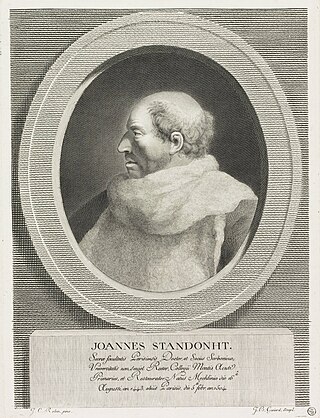
Jan Standonck was a Flemish priest, Scholastic, and reformer.

St Anne's College was one of the colleges of Leuven University, now listed as built heritage of Flanders, Belgium.

The Irish College of St Anthony, in Leuven, Belgium, known in Irish: Coláiste na nGael i Lobháin, Latin: Hibernorum Collegii S. Antonii de Padua Lovanii, French: Collège des Irlandais à Louvain and Dutch: Iers College Leuven, has been a centre of Irish learning on the European Continent since the early 17th century. The college was dedicated to St. Anthony of Padua.
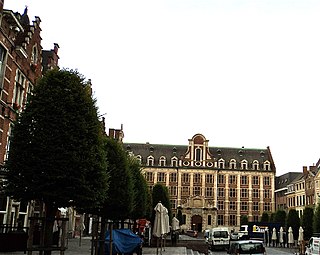
Trinity College was one of the colleges of Leuven University, dedicated to preliminary studies in the liberal arts. The college was established by the university authorities in 1657 to replace the "Collège de Gand" founded by Frans van de Nieulande in 1559, which had closed in 1655 for lack of funds. Building began in 1658, under the supervision of Jan du Can and Adriaan van Mechelen, and from 1659 the college was housed on the Old Market. It was sometimes known as "Collegium Novum". The college was sequestered when the university was closed down in 1797 during the French occupation. The buildings were sold at public auction in 1802. The southern wing, added in 1684, was demolished in 1813. The final remnants of the 17th-century buildings were destroyed by aerial bombardment in May 1944. Since 1843 a Josephite secondary-school, Heilige Drievuldigheidscollege, has stood on the location.

Ten Duinen Abbey or the Abbey of the Dunes was a Cistercian monastery at Koksijde in what is now Belgium. It was one of the richest and most influential religious institutions in the medieval County of Flanders. It later relocated from Koksijde to the city of Bruges.
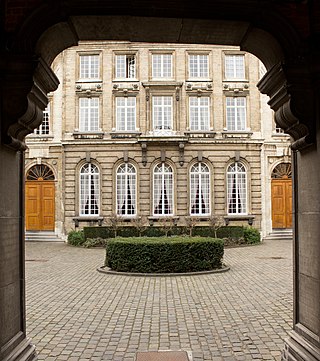
Holy Ghost College was one of the colleges of Leuven University, now listed as built heritage of Flanders, Belgium.
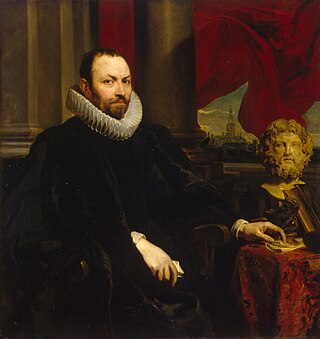
The Snijders&Rockox House is a museum in Antwerp, Belgium. It is located in two neighbouring townhouses formerly owned by the artist Frans Snyders (1579–1657) and the mayor Nicolaas Rockox (1560–1640). It is owned by KBC Bank and showcases a collection of 16th and 17th century Flemish art.

Saint Ivo's College was a college at the Old University of Leuven that provided accommodation and facilities for poor students in the Faculty of Law. The founder was Robertus de Lacu, originally from Ghent, who had been professor of canon law since 1463. The college was dedicated to Ivo of Kermartin, the patron saint of lawyers, and was used by the law faculty for faculty meetings and ceremonies. The original library was destroyed by marauding Spanish soldiers in 1578, during the Dutch Revolt.
The Major Seminary in Ghent was an institution for the training of Catholic clergy for the diocese of Ghent, first founded in 1569. It has been established at three different locations in the city. Since 2006 diocesan clergy from Ghent have been trained in Leuven.
Henri-Joseph Rega (1690–1754) was a professor of medicine and rector of Leuven University, in the Habsburg Netherlands, where he established a botanical garden, laboratories for chemistry and physics, and an anatomical theatre, as well as adding a new wing to the University Hall.

Liège College, founded 1605, was a college for the more academically inclined students of theology from the Diocesan Seminary of Liège to study at the University of Leuven.

The Diocesan Pastoral Centre Mechelen is a centre for pastoral activities and ecclestical administration, which also houses the diocesan archive of the Archdiocese of Mechelen-Brussels. It is located on the two-acre site of what was formerly the Major Seminary in Mechelen, an institution for the training of Catholic clergy in the archdiocese from 1595 to 1970. Since 1936, increasingly extensive parts of the site have been listed with the status of a protected monument.

















